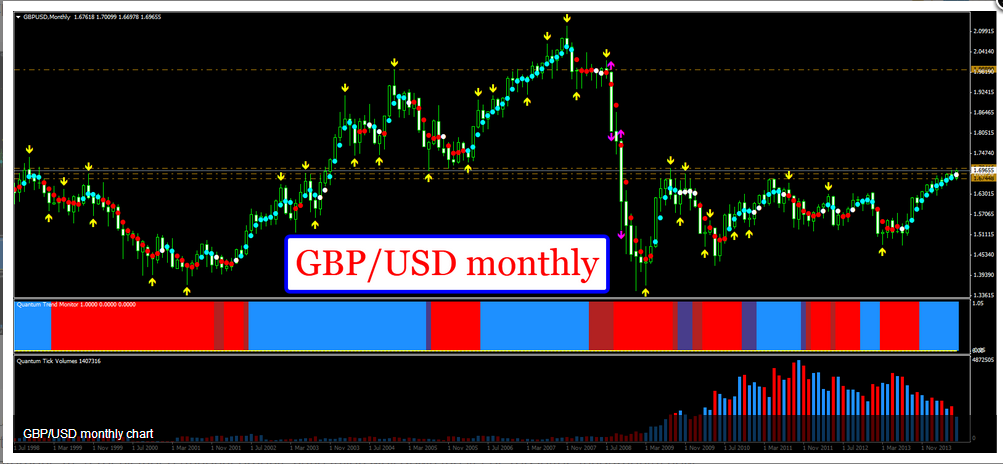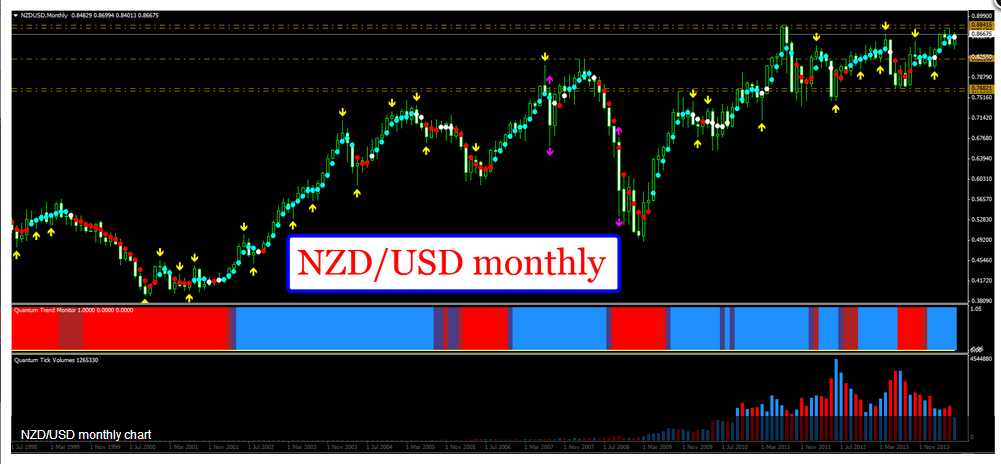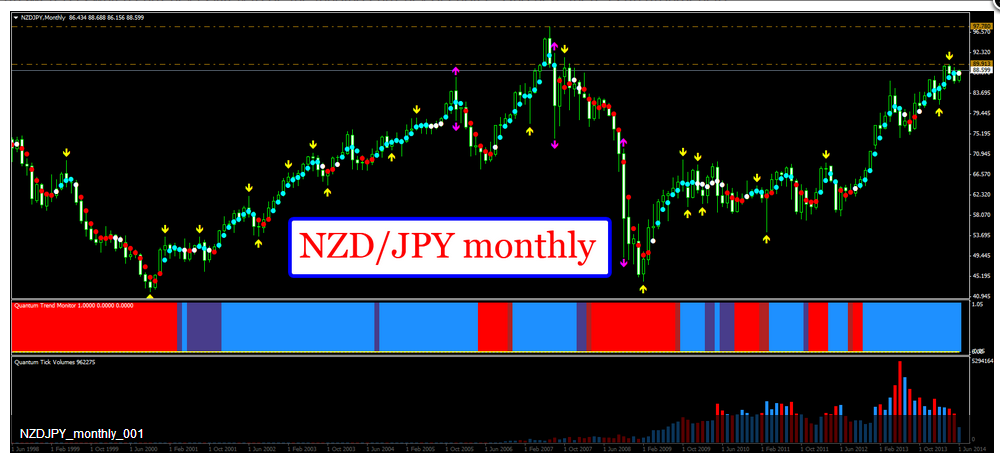In 2007 the world changed, and for traders, changed beyond recognition. Prior to these cataclysmic events most financial markets operated on the theory that price discovery was the norm, and most currencies could be considered to be free floating. All of that changed as the financial crisis engulfed the world, and with this tectonic shift, so the trading world changed too.
No longer were exchange rates left to free float, but all became tightly managed, either through quantitative easing, or through the overt manipulation of currencies to protect fragile export markets, sparking the ‘race to the bottom’.

During this period interest rate decisions from central banks have come and gone, and in general been treated as having little or no significance. And, in most cases dismissed as non events with market participants having only marginal interest in any associated statement.
As a result, these announcements fell well down on the list of ‘red letter’ fundamental news releases. However, as the world begins to emerge from the wreckage of the financial crisis, these key drivers of the foreign exchange markets are now beginning to take centre stage once again.
For evidence of this, we need look no further than the British pound, and to other currencies such as the Aussie dollar and the New Zealand dollar. Whilst the ‘sick man of Europe’ remains in intensive care and the US economy continues to stagnate, others are beginning to emerge with consequent strength in their currencies.

In the UK, BOE Chairman Mark Carney has already signaled an interest rate rise coming sooner rather than later, which has seen Sterling move to test 1.70 against the US dollar. Last week’s interest rate rise in New Zealand followed a similar pattern with the NZD/USD rising strongly along with the NZD/JPY, the latter being the traditional carry trade pair of choice.
In the global search for yield, the focus on interest rate differentials is now going to become increasingly significant for traders (and investors), and perhaps the question that will need to be answered is which currency is likely to be the funding currency of choice. Here, there is an argument to suggest that the euro could compete with the yen, along with the US dollar.

The technical view reinforces this shift with cable moving firmly higher and looking to break out beyond the 1.7096 price point on the back of an extremely well developed platform of support which has been building over the past five years. The same is also true of the NZD/USD where any move beyond the 0.8860 area will have a similar bullish trend develop. Finally, the NZD/JPY is at a key area at the 0.9030 price region where any move through here will see further bullish momentum for the pair.
